Analysis of several influencing factors of indoor LED display refresh rate and gray level?
Date: September 4, 2019 Source: Tuosheng Optoelectronics
Analysis of several influencing factors of indoor LED display refresh rate and gray level? With the development and application of indoor LED display screens, indoor LED display screens can be widely used in command centers, monitoring centers and even studios. However, from the overall performance of the indoor LED display system, can these indoor LED displays meet the needs of users? Can the images displayed by these LED displays conform to the human eye? Can these LED displays withstand? Camera different shutters different angles of camera test? This is the indoor LED display needs to face the need to consider the problem, below I will affect the indoor LED display effect of several factors (including refresh frequency, gray level, etc.) to make a shallow Analysis.
First, the indoor LED display refresh rate (visual refresh frequency): "visual refresh frequency" refers to the rate of screen update, usually expressed in Hertz (Hz), generally the visual refresh frequency is above 3,000Hz, High performance indoor LED display. The higher the visual refresh rate, the more stable the picture display and the smaller the visual flicker. The low “visual refresh rate†of the indoor LED display, in addition to the horizontal horizontal stripes in addition to camera and photography, there will also be images similar to tens of thousands of bulbs blinking at the same time, which may cause discomfort when the human eye is watching. Feeling, even hurting the eyes.
Although for the human eye, the visual refresh rate of 60 Hz or more has been perceived as a continuous picture, the higher the visual refresh rate, the more stable the displayed image, the less likely the human eye feels fatigue. In today's high-quality video, in order to get a more detailed picture, such as wonderful playback or close-up photography, they are all shooting at high speed cameras of 1,000 Hz or more per second. At this time, for an LED display that is also photographed, it is a great challenge to be able to present a continuous picture (no black scan line) or a continuous color scale under a high speed shutter.
Second, the gray level of the indoor LED display: "gray level" refers to the color between the * dark and * bright colors, with different levels of color, generally gray level is above 14 bits (bit) , that is, at least 16,384 color levels above, for high-performance LED display. If the number of gray levels is insufficient, the color level is insufficient or the gradient level is not smooth enough, and the color of the movie cannot be fully displayed. The LED display effect is greatly reduced. Some low-efficiency indoor LED displays can be detected with a clear color distribution under the 1/500s shutter. If we increase the shutter speed, for example, 1/1,000s or 1/2,000s, the situation will be more obvious.
Third, what affects the refresh rate and gray level of the indoor LED display?
We know several core components of indoor LED display, such as LED switching power supply, LED driver chip, LED lamp bead, etc. For the refresh frequency and gray level of LED display, LED driver chip directly determines the LED display in visual refresh. The performance of frequency and gray level. Among the current LED driver chips, the technology is "ScrambledPWM (S-PWM) technology", which is a technology that improves the traditional pulse width modulation (PWM), which spreads the time of one image on into several. Short turn-on time to increase overall visual update rate. Furthermore, the S-PWM technology built in the new generation of LED driver chips can average the number of frames per frame (LED die ON → LED die OFF), and it is evenly divided into multiple counts. And each broken aliquot can maintain the On/Off ratio before the original is not broken.
S-PWM technology provides different counting modes, so it can raise the image refresh rate to 64 times higher than *. If you switch to S-PWM to improve the image refresh rate, you can easily increase the visual refresh frequency by 64 times and reach 4,800 Hz or more with a low-order clock (such as 5MHz). Compared with the general video refresh rate of at least 10 times higher, it can also avoid high frequency electromagnetic interference (EMIissue), overvoltage surge (Overshoot) and undervoltage surge (Undershoot).
The indoor LED display of the S-PWM driver chip is photographed with a high-speed shutter of a digital camera, and horizontal black scan lines and patch distribution are still not present. Its visual refresh rate and gray level performance far exceeds the indoor LED display using traditional switch-type driver chips.
Here has rotary polisher, Random Orbital polisher and mini polisher, the sizes included 1'',2'',3'',5'',6'' with 110V and 220V, the plugs depends clients'needs. match new buffing pads, Wool Pads , backing plate , polisher extension shaft to remove scratch of car paints, any where!
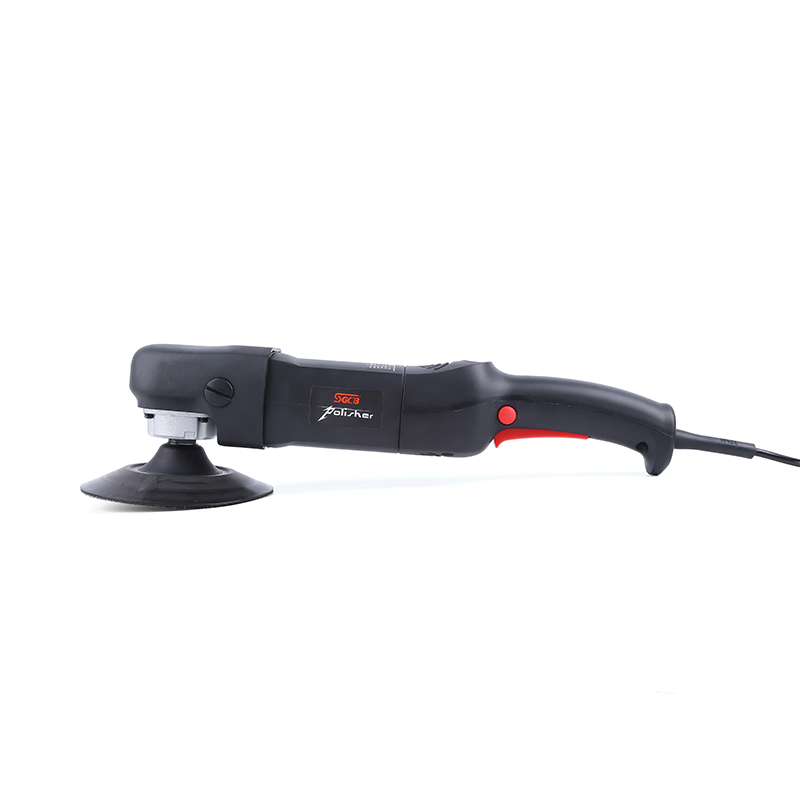

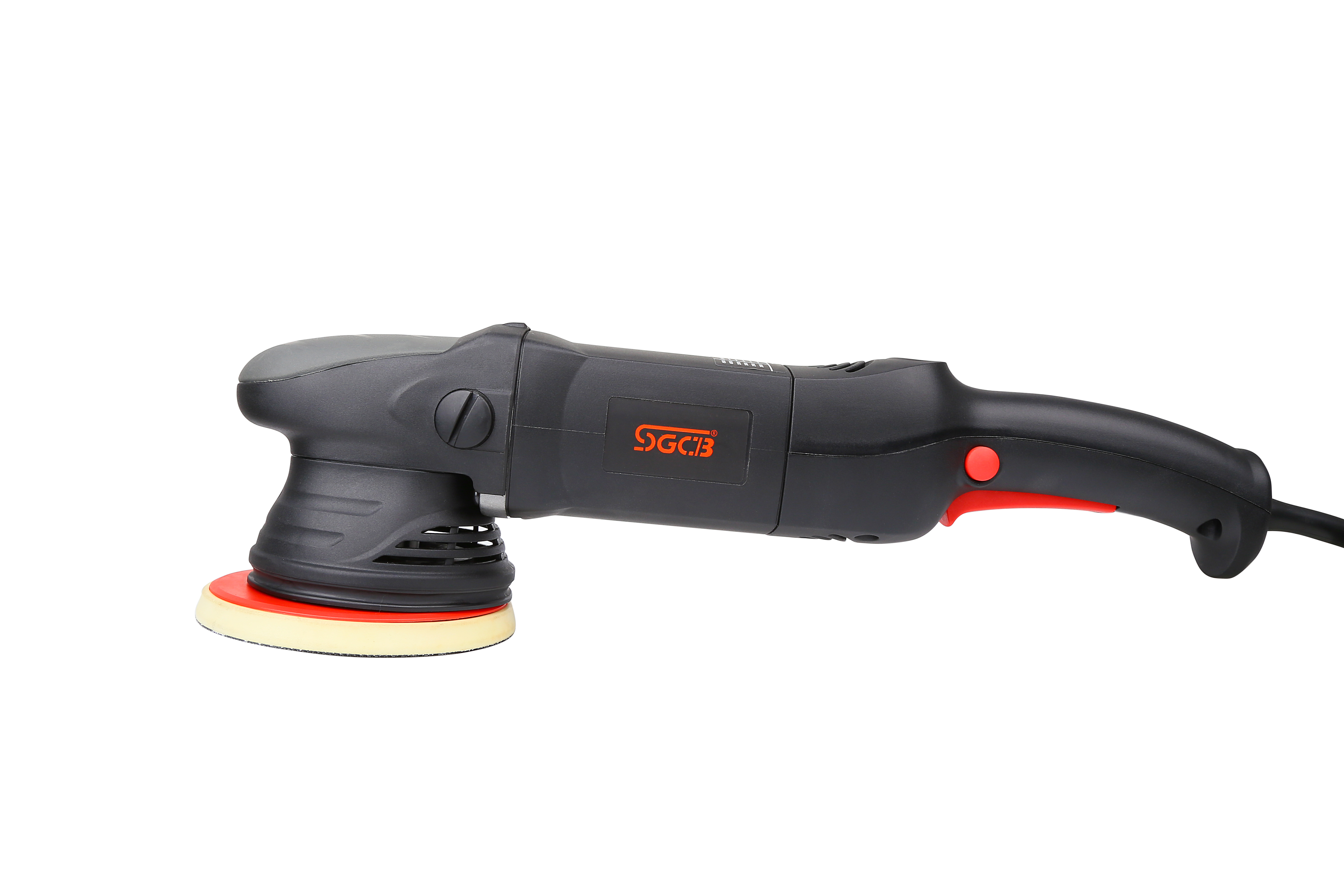
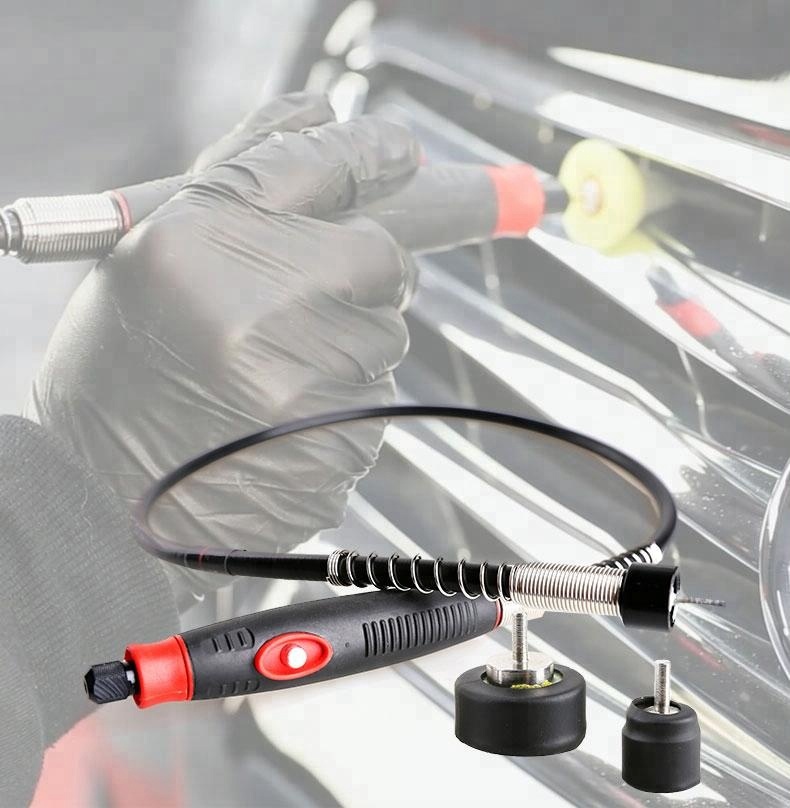
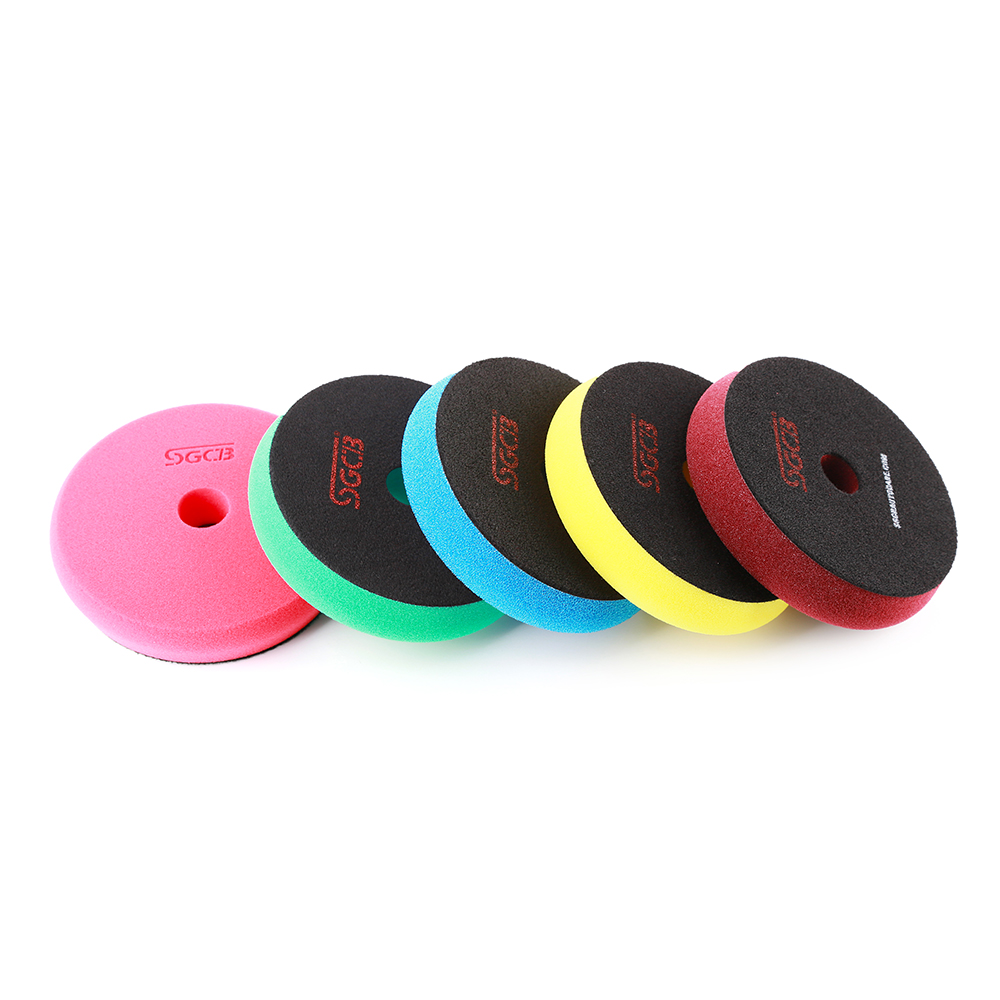

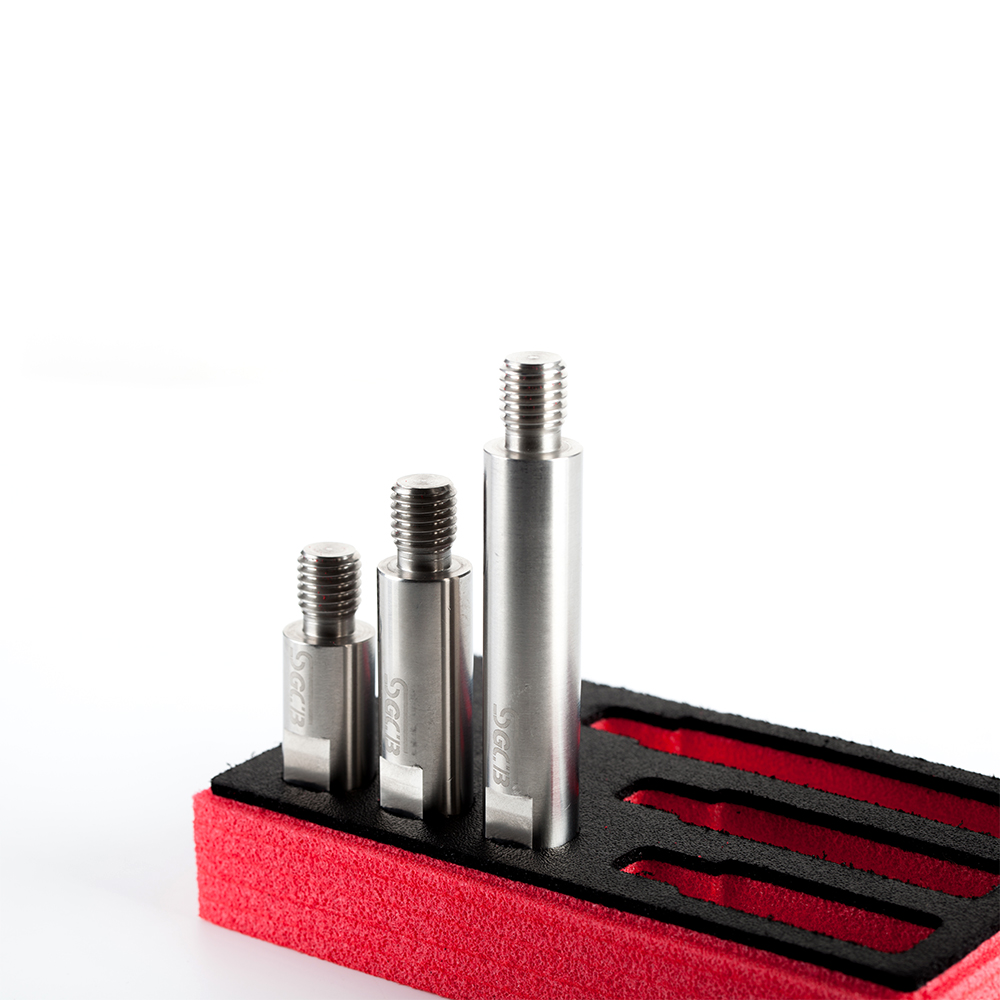
You still can get auto detailing products, like Microfiber Towels, masking tape etc.


car polishers,rotary polisher, buffer for car, polisher uk,car polishing how to, best dual action polisher for beginner
SGCB COMPANY LIMITED , https://www.sgcbautocare.com